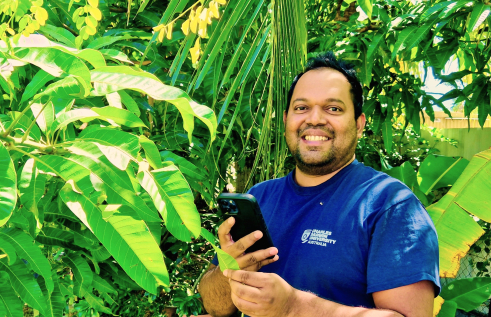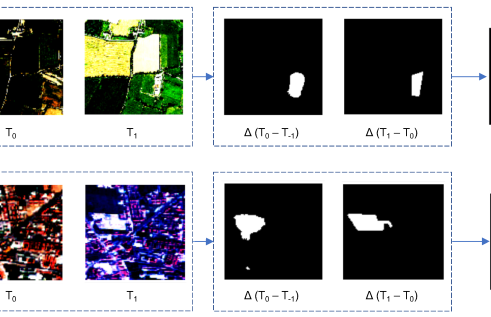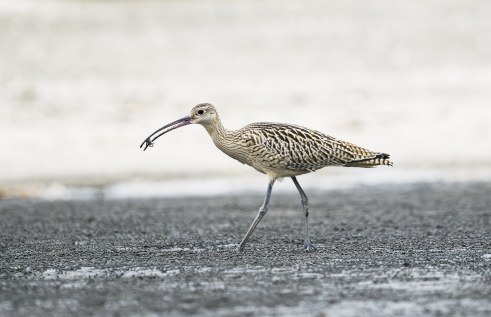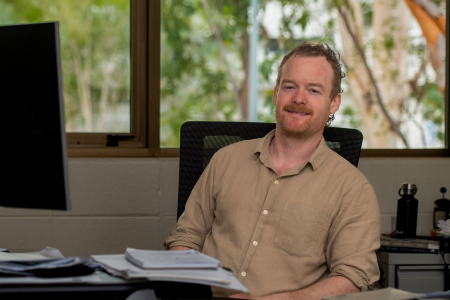News
Children are being seen but not heard in child protection, experts say
Children should be more involved and have a voice when making decisions about their protection, health experts say.
Charles Darwin University (CDU) and Australian Catholic University (ACU) in Canberra conducted in-depth interviews with 18 child protection practitioners to determine how they understood participation in the process.
The results, published in Child & Family Social Work, showed that most practitioners understood participation but found it difficult to implement. While other practitioners interviewed discussed participation as child-focused decision-making but did not refer to the child’s involvement in the process.
CDU Lecturer in Social Work and study co-author Dr Steven Roche said the results showed that decisions were often being made about a child’s protection without any input from the child.
“The research suggests that there is a gulf between the theory of participatory decision making in child protection and the practice because there is not much reference to listening before acting,” Dr Roche said.
“There is also a wide interpretation of what participation actually means in practice to decision makers.”
Dr Roche, from the College of Health and Human Sciences, said the evidence has shown that participatory decision-making succeeds, but the problem was how practitioners interpreted the nuances of participation.
Dr Elise Woodman, from the School of Allied Health at the ACU, said we need to do more to ensure children consistently have child-friendly opportunities for participation.
“We need children’s input in the ways organisations operate, more training about how to go about children’s participation, and to consider the conditions and supports practitioners need to implement good participatory practice in a demanding environment,” Dr Woodman said.
Dr Roche said the research revealed gaps between policy and practice and implementing best practices in child protection has been a challenge for decades.
“This is about children’s rights. When children are engaged and understand the process, there are better long-term results,” Dr Roche said.
“But it's difficult to find the time to develop relationships and build trust with children when you have a high caseload, the threat of worker burnout, and a high staff turnover.”
Read the full research paper here.
Related Articles

Rooting out plant diseases: Are computers ready to run our farms?
Nature is still too complex for artificial intelligence (AI) modelling to be effective, but the tipping point is close, according to a new study that found the technology may still trip at the last real-world hurdle.
Read more about Rooting out plant diseases: Are computers ready to run our farms?
Tech on the treetops: How AI can protect forests
The Artificial Intelligence model was developed to detect changes in forest cover.
Read more about Tech on the treetops: How AI can protect forests
Volunteers protected Darwin wildlife for 50+ years, but new research suggests it’s time to stop winging conservation efforts
Volunteers have shouldered the burden of shorebird conservation in the Top End for more than half a century, but new research from Charles Darwin University (CDU) suggests it’s time for the government to take responsibility for all of the Northern Territory’s residents – including those with wings.
Read more about Volunteers protected Darwin wildlife for 50+ years, but new research suggests it’s time to stop winging conservation efforts
